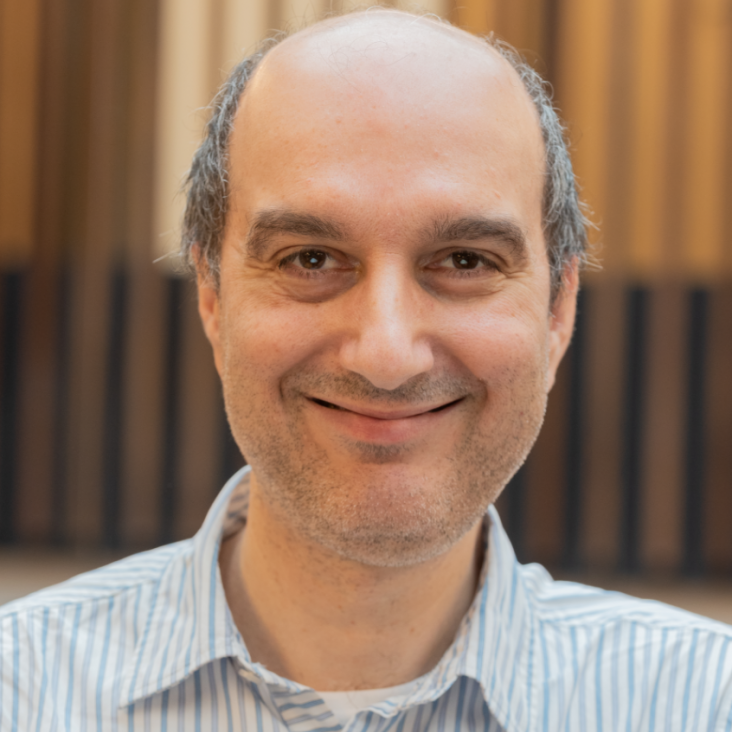Calibration of initial measurements from the full aperture backscatter system on the National Ignition Facility
REV SCI INSTRUM 75:10 (2004) 4174-4176
Abstract:
The full aperture backscatter system provides a measure of the spectral power, and integrated energy scattered by stimulated Brillouin (348-354 nm) and Raman (400-800 nm) scattering into the final focusing lens of the first four beams of the NIF laser. The system was designed to provide measurements at the highest expected fluences with: (1) spectral and temporal resolution, (2) beam aperture averaging, and (3) near-field imaging. This is accomplished with a strongly attenuating diffusive fiber coupler and streaked spectrometer and separate calibrated time integrated spectrometers, and imaging cameras. A new technique determines the wavelength dependent sensitivity of the complete system with a calibrated Xe lamp. Data from the calibration system are combined with scattering data from targets to produce the calibrated power and energy measurements that show significant corrections due to the broad band calibrations. (C) 2004 American Institute of Physics.Implementation of a high energy 4 omega probe beam on the Omega laser
REV SCI INSTRUM 75:10 (2004) 3906-3908
Abstract:
A high-energy, ultraviolet Thomson scattering probe beam has been implemented on the Omega laser facility at the University of Rochester. The new probe operates at a wavelength of 264 nm, with a maximum energy of 260 J in a pulse length of 1 ns. The probe is focused with an F/6.7 lens to a minimum focal spot of 40 mum within a pointing tolerance of <50 mum. Data obtained from this probe beam have provided new diagnostic information on plasmas relevant for inertial confinement fusion and atomic physics studies. (C) 2004 American Institute of Physics.X-ray line measurements with high efficiency Bragg crystals
REV SCI INSTRUM 75:10 (2004) 3747-3749
Abstract:
We have studied the focusing properties of two highly oriented pyrolitic graphite (HOPG) spectrometers, which differ in the degree of the mosaic spread: ZYA with a low mosaic spread (gamma=0.4degrees) and ZYH with a large mosaic spread (gamma=3.5degrees). In order to asses the crystal performance for a variety of different experiments, various Kalpha and Kbeta x-ray lines have been produced using a high-intensity (greater than or similar to10(17) W/cm(2)) short-pulse (similar to100 fs) laser beam focused onto Ti, V, Zn, and Cu foils. The measured spectral resolution of the HOPG crystals in both first and second order diffraction has been compared with theoretical predictions. Using known values for the peak reflectivity of HOPG crystals, we have also computed Kalpha x-ray conversion efficiencies of Ti, V, Zn, and Cu. These results are important to estimate the optimal conditions under which different types of HOPG monochromators can be used for the detection of weak x-ray signals as the one encountered in x-ray Thomson/Compton scattering experiments. (C) 2004 American Institute of Physics.Observation of the parametric two-ion decay instability with thomson scattering.
Phys Rev Lett 93:4 (2004) 045004
Abstract:
We present the first direct experimental observation of the parametric two-ion decay instability of ion-acoustic waves driven by a high intensity (5 x 10(15) W cm(-2)) laser beam in a laser produced high-Z plasma. Using two separate Thomson scattering diagnostics simultaneously, we directly measure the scattering from thermal ion-acoustic fluctuations, the primary ion waves that are driven to large amplitudes by the high intensity beam, and the two-ion decay products. The decay products are shown to be present only where the interaction takes place and their k spectrum is broad.Direct observation of the saturation of stimulated Brillouin scattering by ion-trapping-induced frequency shifts
Physical Review Letters 93:3 (2004)


